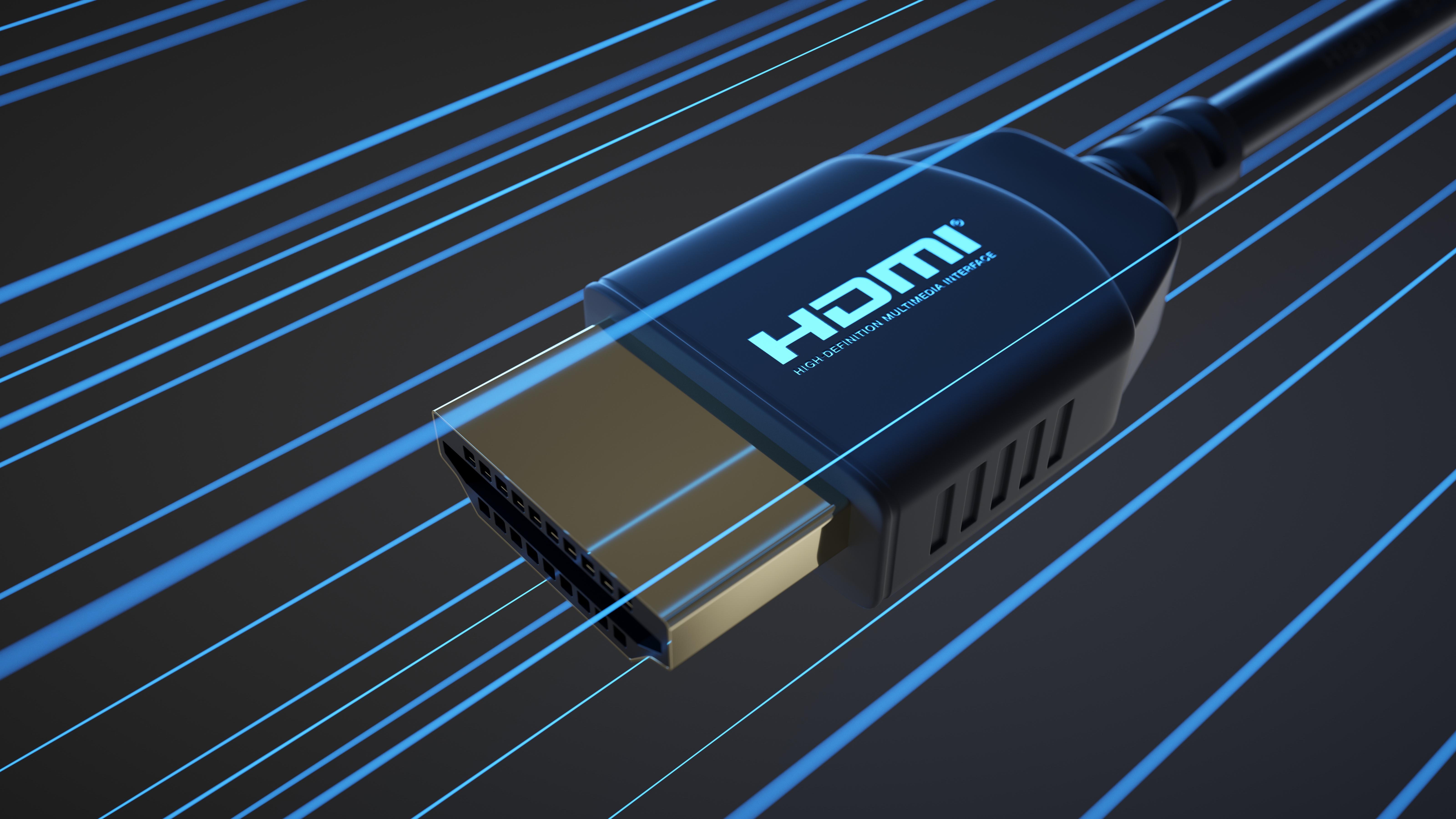'HDMI 2.1' TVs and cables may not be the real deal – here's why

If you own a PS5 or Xbox Series X/S console, or are familiar with high-end 4K TVs or perhaps even one of the best 8K TVs, then you've likely come across HDMI 2.1. The newest cable standard supports quality features like dynamic HDR, variable refresh rate and auto low latency mode, as well as 4K video passthrough at 120Hz – except when it doesn't.
As reported by Ars Technica, many HDMI 2.1 capable devices might not actually boast these high-end features, after all. That's thanks to a quirk in the official HDMI guidelines – it turns out that the spec for HDMI 2.0 has been wholly replaced by HDMI 2.1, instead of simply building upon it.
The gist, then, is that manufacturers can choose to solely support a handful of HDMI 2.0 features and label them as HDMI 2.1, given they're still technically a subset of full HDMI 2.1 capability. But the result is that an HDMI 2.1 TV, or the HDMI cables used to connect to one, may not support everything that the average shopper thinks it does.
VP of marketing and operations for HDMI LA, Brad Bramy, spoke to Ars Technica to grant further context, stating: "Products can no longer get certified for 2.0 only for 2.1, and also 2.1 features are optional to implement, so popular features like 4k120, ALLM, VRR are not required. Manufacturers could only implement eARC, for example, and claim to be a 2.1-enabled device.
"I think some older products certified under 2.0 just keep their... marketing intact. Some [manufacturers] unfortunately think that even if they are certified under 2.1, they should still refer to 2.0 if they haven’t implemented the 2.1 features, thinking that 2.0 is a known feature set.
"It is also just as confusing claiming 2.1 compliance and still using feature sets from 2.0 and not stating the features supported. So there are multiple scenarios, and they can all be confusing. And that is why the manufacturers and resellers should simply state which features they support. I can tell it is getting more clear as time goes by, but I'm not sure if it will ever be perfectly clear."
A big HDMI mess
The situation is more complicated than it seems, then, but ultimately, with the current HDMI 2.1 guidelines being so lax, we think it's fair to say the one losing out here is the consumer.
Sign up for breaking news, reviews, opinion, top tech deals, and more.
The average consumer likely isn't going to pore over the particular features if they're buying a shiny new product (though we would encourage you to do just that, like you can with our best 4K TVs buying guide, for example).
The most worrying part of all this is that the discovery of this loophole in the guidelines was only recently discovered, as per a report from TFTCentral. It turns out that the HDMI 2.0 guidelines were scrubbed clean sometime in 2019.
It's a good thing that the issue has been discovered, of course. Ideally, the guidelines will be adjusted to allow for a proper distinction between HDMI 2.0 and HDMI 2.1, not just to prevent further confusion, but also to stop sneaky manufacturers from claiming their products are HDMI 2.1, when they're cherrypicking older specs instead.

Rhys is TRG's Hardware Editor, and has been part of the TechRadar team for over four years. Particularly passionate about high-quality third-party controllers and headsets, Rhys strives to provide easy-to-read, informative coverage on gaming hardware of all kinds. As for the games themselves, Rhys is especially keen on fighting and racing games, as well as soulslikes and RPGs.